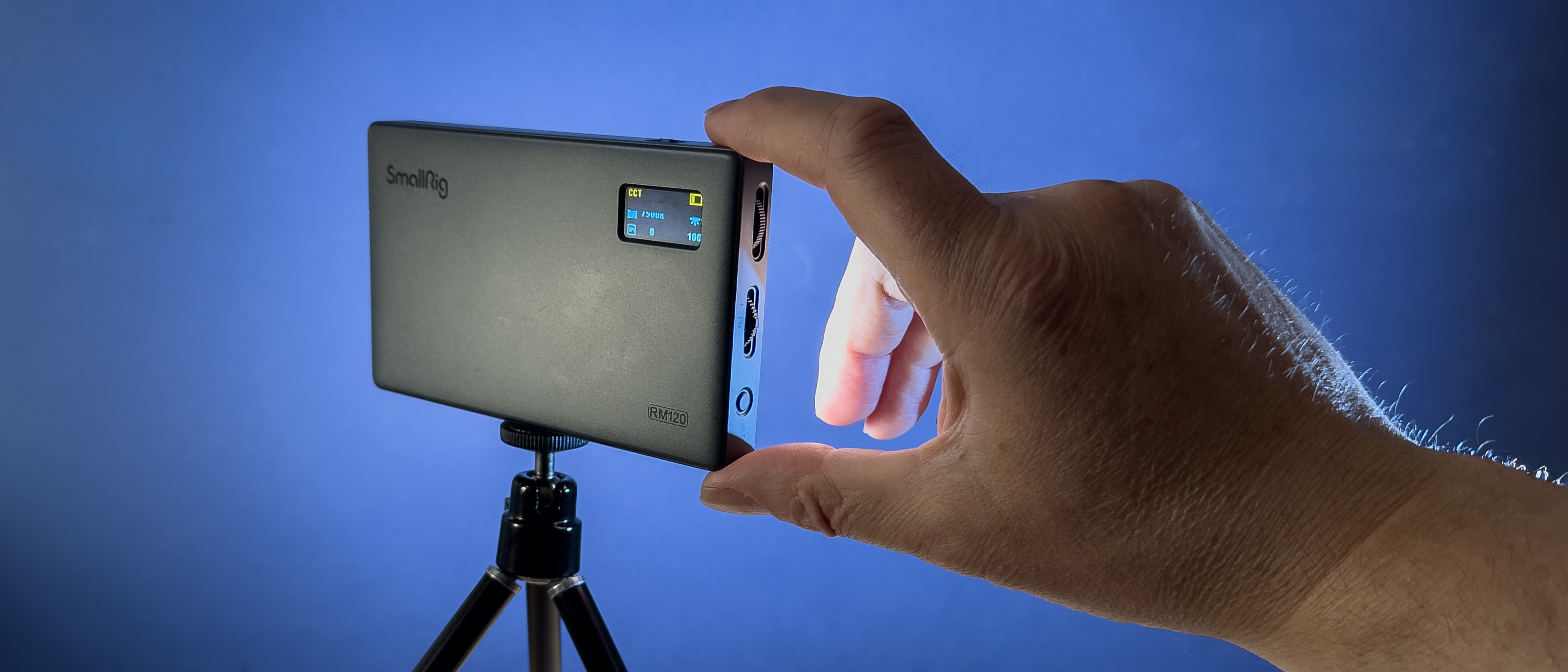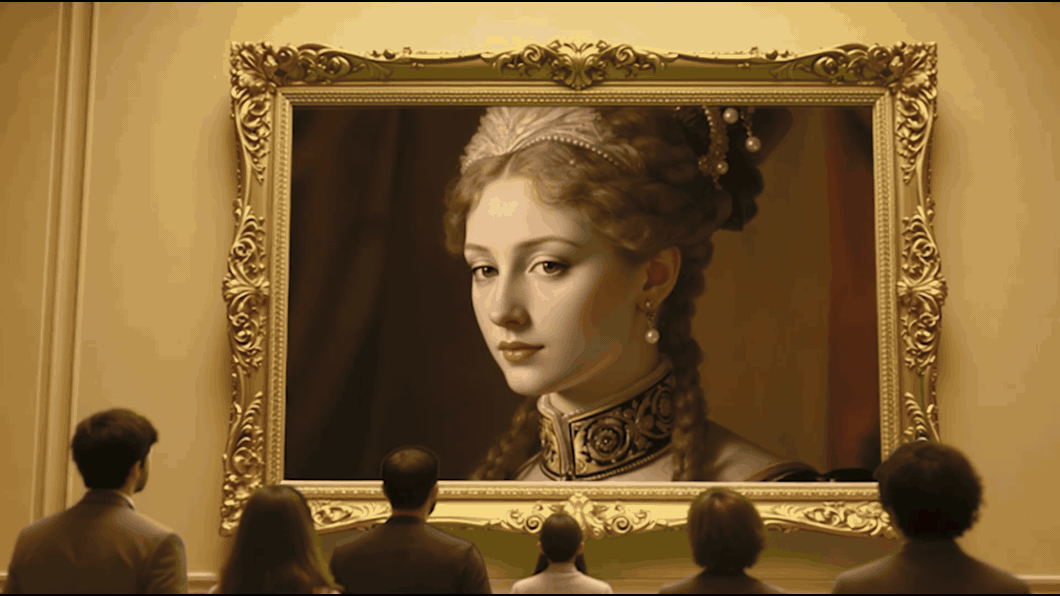Digital Camera World Verdict
This LED may be palm-sized but it’s eye-squintingly bright at arm's length. It’s perfect for adding a key light to portraits and you’ll be inspired to get more creative using a spectrum of mood-changing colors. Video makers will enjoy the animated output of the FX mode too and product photographers can dial in a range of looks without the hassle of swapping colored gels. Highly recommended.
Pros
- +
Adjustable colour temperature
- +
Wide range of colours
- +
Metal casing
- +
Color LCD screen
- +
Long lasting battery
- +
High TLCI and CRI ratings
Cons
- -
The diffuser can drop the output by a stop or so
Why you can trust Digital Camera World
Lighting can make or break an image. Sometimes there’s not enough light, leading to high ISO-induced noisy stills and clips. At other times the available light source may be in the wrong place, which limits our compositional choices. We don’t always have the time or the patience to lug a bulky professional lighting kit around with us which is why the SmallRig RM120 RGB Video Light could be the solution to many photographers and videographer's lighting requirements, especially when it comes to portrait photography.
Featuring 120 LED beads this palm-sized panel kicks out an impressive 1580Lux (which you can dial down to avoid blinding your subject). If you’re shooting with a group then you can promote a friend to the role of ‘light stand’ and get them to position the light to illuminate your subject while you focus on directing and composition. We had fun testing the RM120 on a long photography walk through London, but we’ll talk about that in detail in this review's performance section.
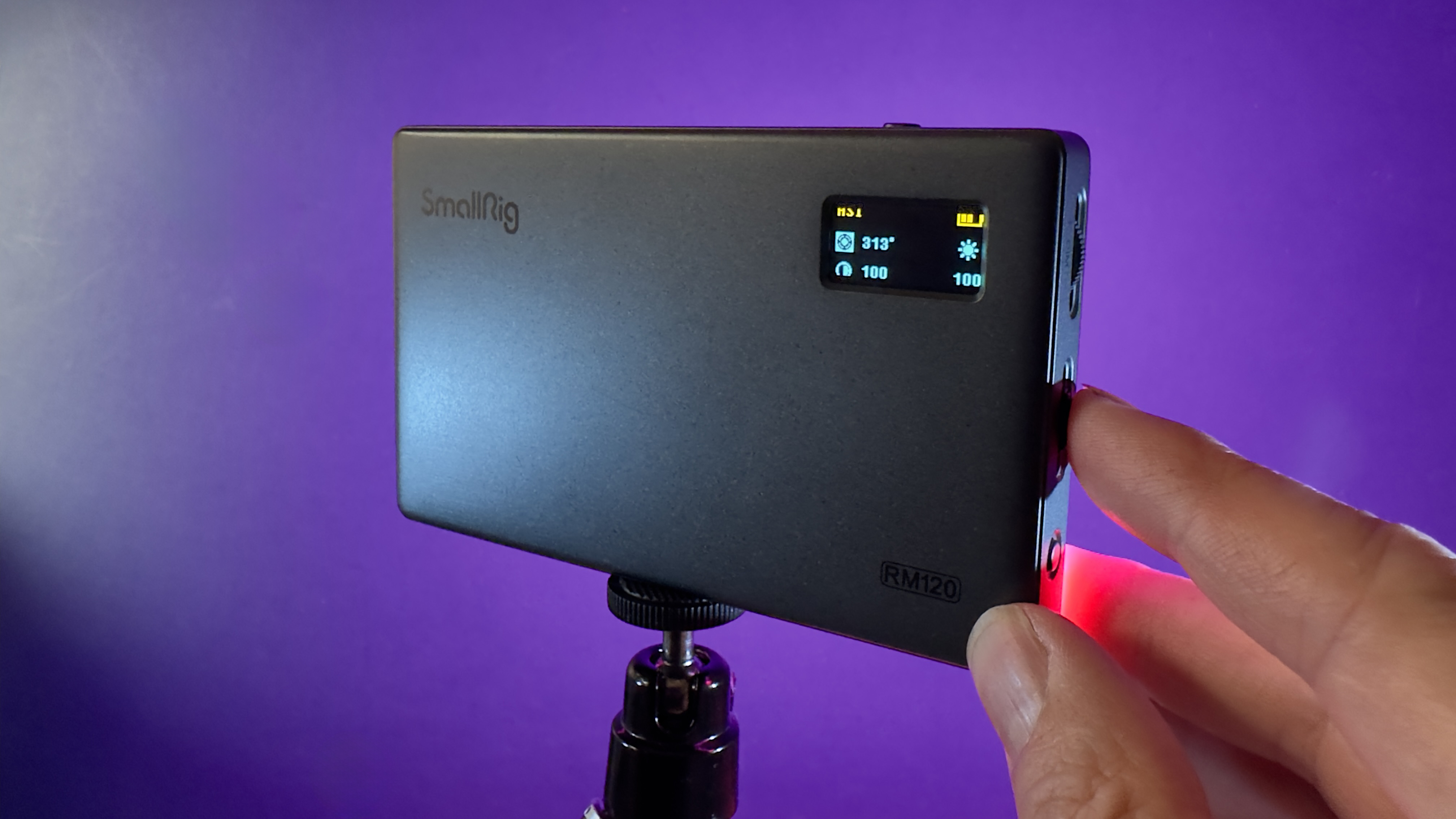
SmallRig RM120: Specifications
Weight: 204g
Dimensions: 125 mm x 75.2 mm x 15.5 mm
CRI: 98+
TLCI: 98+
Output: 1580 Lux @0.3m
Colour temperature: 2500K - 8500K
Input Power: 15 W
Run time: 3 hours
Features: 12 Lighting Effects modes, cold shoe adapter
SmallRig RM120: Key Features
Unlike COB (Chip on Board) LEDs, the RM120 has CCT mode which enables you to dial in a wide range of color temperatures in degrees Kelvin. This enables you to get the light emitted by the RM120 to match other light sources so there’s no colour clash.
For example, the average color temperature of sunlight at midday is around 5600K. If the sun is used as the dominant key light you can set the RM120’s mode to CCT and dial in a matching color temperature of 5600K. You can then place the LED close to your subject’s face and use a second dial to adjust its output so that it fills in some of the harsher shadows caused by the key light (the sun). If you’re shooting under artificial light (such as tungsten) it’s a quick and easy operation to dial the RM120 to emit a complementary color temperature of 3200K.
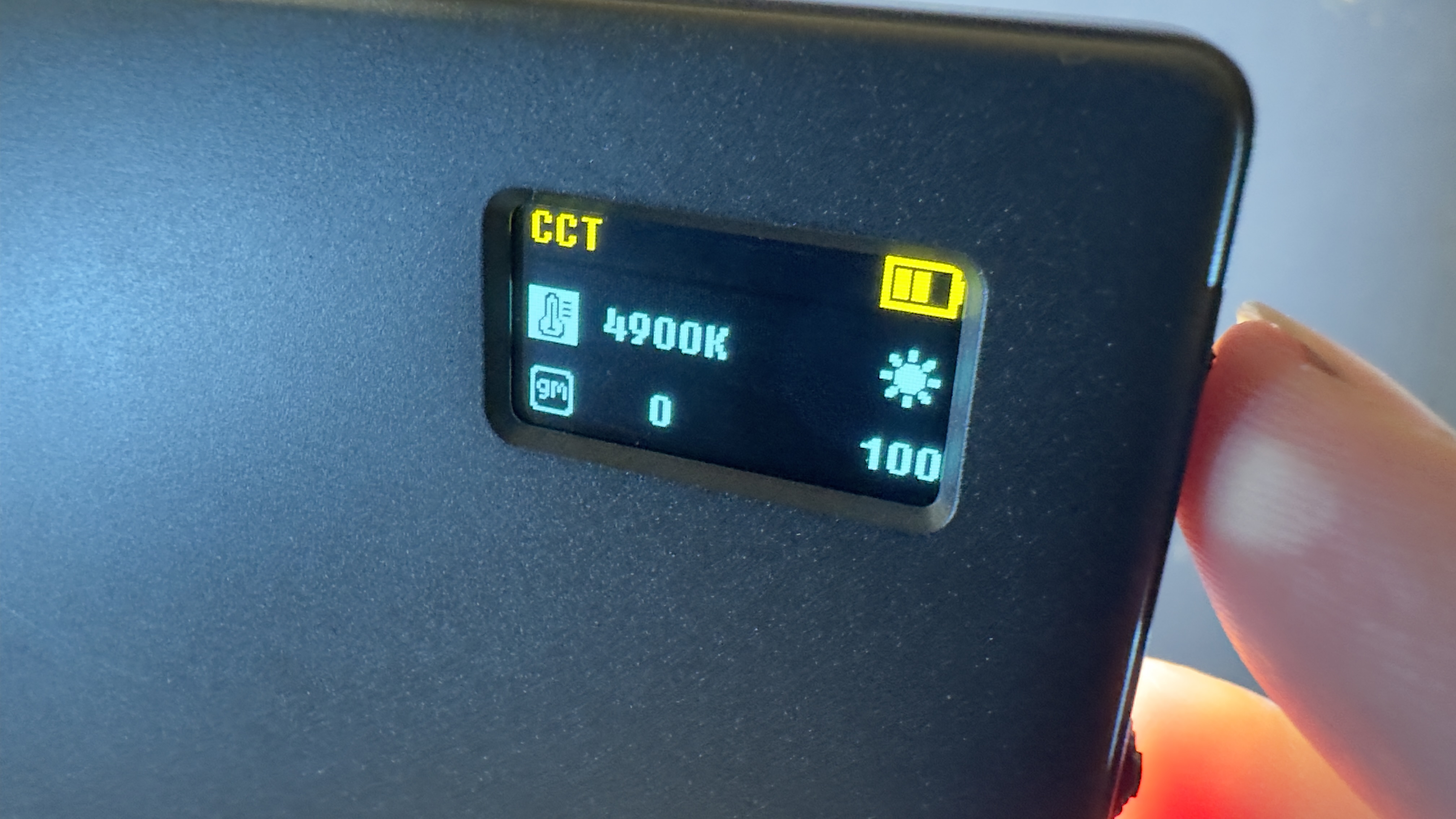
COB LED lights such as the SmallRig RM01 force you to produce more creative color outputs by adding a range of gels to the light. The RM120 has an HSI (Hue, Saturation, and Intensity) mode that you can toggle to at the tap of a button. This enables you to dial in a wide range of colors from any part of the spectrum. You can also change colors with precision by dialing in separate RGBW (red, green, blue, and white) values.
If you’re a video maker then the FX mode gives you access to creative animated specials effects such as a flickering candle or the obligatory emergency services flashing lamps - though the RM120 has a wider range of vehicle effects to summon - such as Police Car (alternating red and blue) to Ambulance (flashing blue) to Fire Truck (flashing red).
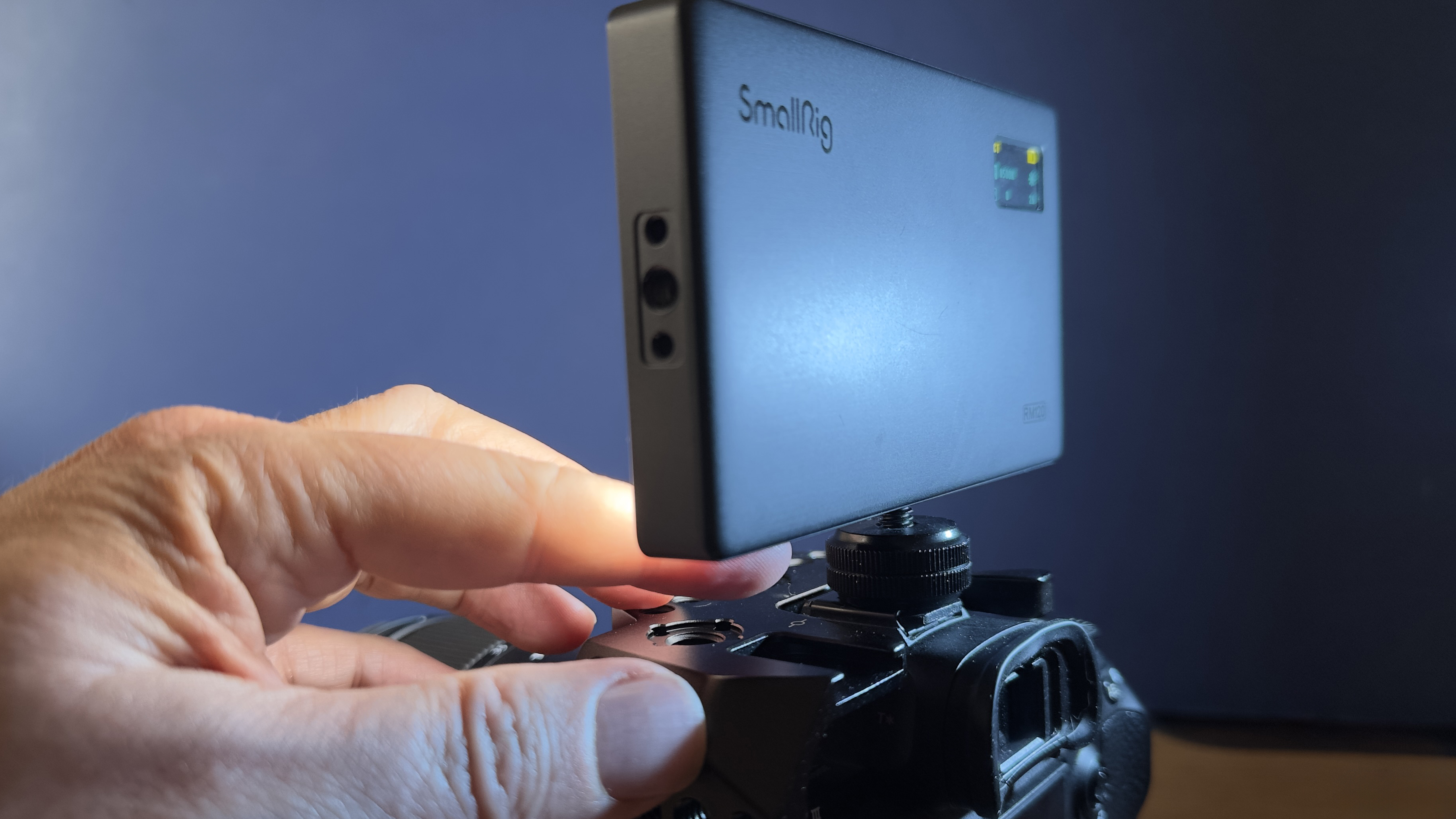
SmallRig RM120: Build & Handling
At first glance, the SmallRig RM120 looks like many other mini LED panels, but there’s more to its build than meets the eye. Once you peel off its white rubber diffuser (which is designed to make it emit a softer light) then you encounter a dark metal body (rather than the usual plastic build that you’d expect). This makes the RM120 more robust than many of its peers. I did drop the light onto a hard floor which caused my pulse to race, but I was relieved to discover that it was still fully functional.
The business end of the light (where the LEDs are inserted) is made of plastic. On the rear of the metal body is a small color LCD screen. This is really handy at enabling you to see what mode you’ve selected, plus you can dial in various color temperatures or RGB colors with precision by referring to the values on the screen.
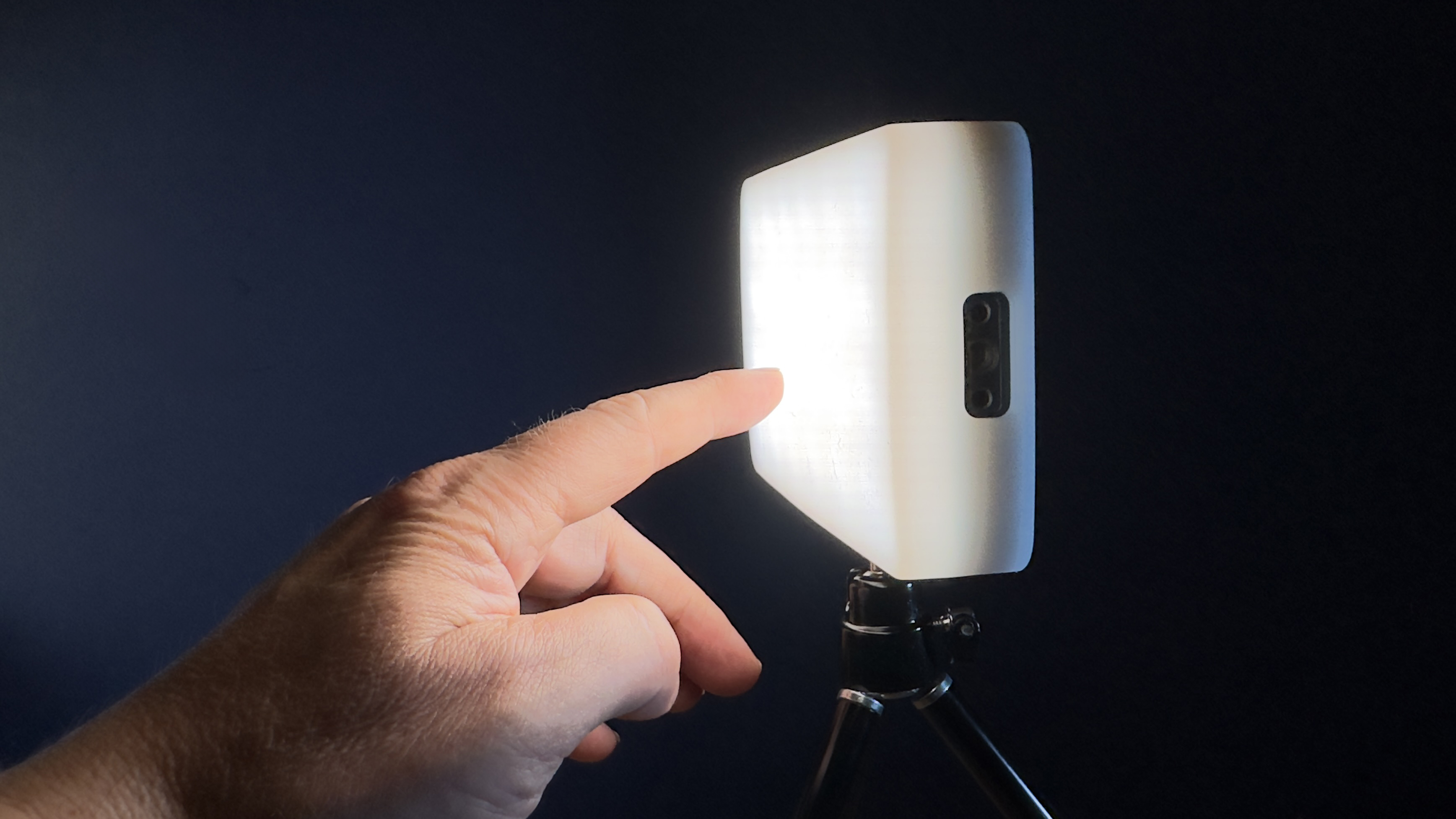
On the right-hand side is a Mode button to change from CCT to HSI to RGBW to FX modes in a few taps, plus a couple of dials. One of the dials adjusts brightness while the other changes a host of values for various color hues or temperatures. There’s also a dedicated on/off switch which is handy.
At the base of the RM120 is a thread so you can attach it to a stand or tripod if you want to go hands-free. A supplied dual-head cold shoe adapter enables you to attach the LED to a DSLR to act as a key light, or you can slot the RM120 into a smartphone rig such as the versatile SmallRig All-In-One Video Kit.
SmallRig RM120: Performance
To test the RM120 I popped it in my kit bag on a photography walk through London. I was walking with friends so there was always someone on hand to hold the LED and position it near another friend’s face. In bright sunlight, the RM120 wasn’t required, but when we encountered graffiti-covered tunnels it became the perfect accessory for a spontaneous portrait shoot. Due to its small size, we could get the RM120 nice and close to the subject. To keep the light out of the shot we got the camera close too which enabled a more intimate portrait shoot.
The ability to dial in a range of colors encouraged us to experiment with more creative mood lighting, such as a 'green man' look. Because we could position the light by hand it encouraged me to go for a low-angle lighting position, adding upward shadows that created a sinister film-noir-style portrait.
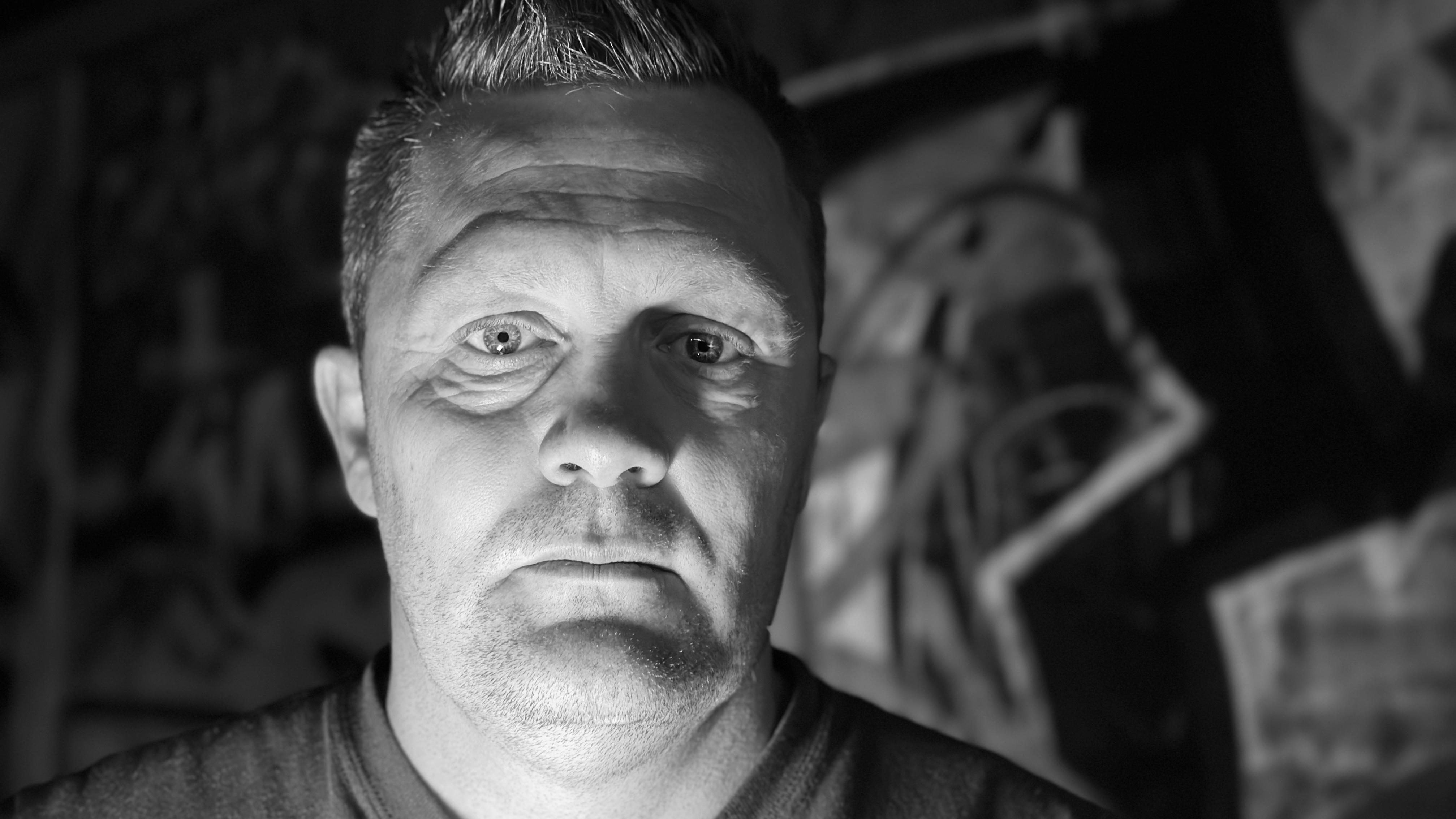
I’ve also enjoyed using the RM120 as a light source for product and toy photography. When I want to change the color of the LED for a creative look I enjoy the fact that I can dial it in rather than having to rely on a more limited collection of physical coloured gels. I also used the RM120 when reviewing the PhotoSport X backpack. I needed some product shots of the bag but the gloomy forest I was in lacked any strong key light. By placing the RM120 just out of shot I was able to get cleaner and clearer pictures of the backpack, plus the key light helped bring out the shape of the bag via a contrasting mix of light and shade.
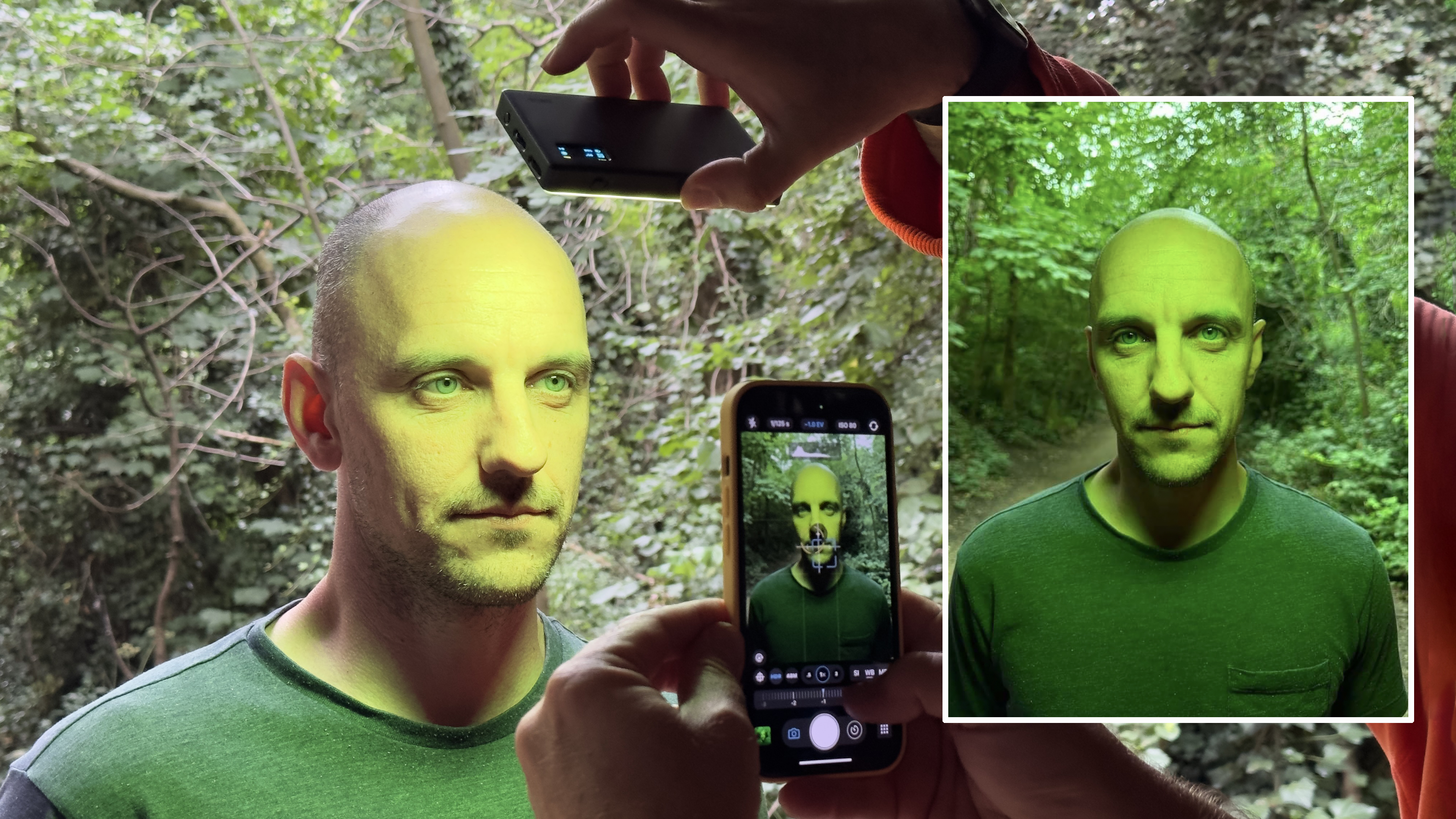
SmallRig RM120: Verdict
The RM120 is something I’ll keep in my kit bag. It’s small enough to carry around yet emits a strong enough light source to add a key or fill light when required (though you do need to get it fairly close to your subject). The ability of the light to emit any color provides a springboard to a more creative photo shoot - as was evident when I gave the light to photographer friends on my test shoot.
If you’re a videographer then you’ll find creative inspiration from its collection of animated FX. When it’s not in my kit bag the RM120 sits on my desk so I can have a quick and easy lighting set-up for my toy or product photography. If I didn’t already have this marvelous light I’d buy it. You won’t regret doing the same.
Read more: find out more about the best video lights or best lights for YouTube in our guides.
George has been freelancing as a photo fixing and creative tutorial writer since 2002, working for award winning titles such as Digital Camera, PhotoPlus, N-Photo and Practical Photoshop. He's expert in communicating the ins and outs of Photoshop and Lightroom, as well as producing video production tutorials on Final Cut Pro and iMovie for magazines such as iCreate and Mac Format. He also produces regular and exclusive Photoshop CC tutorials for his YouTube channel.

